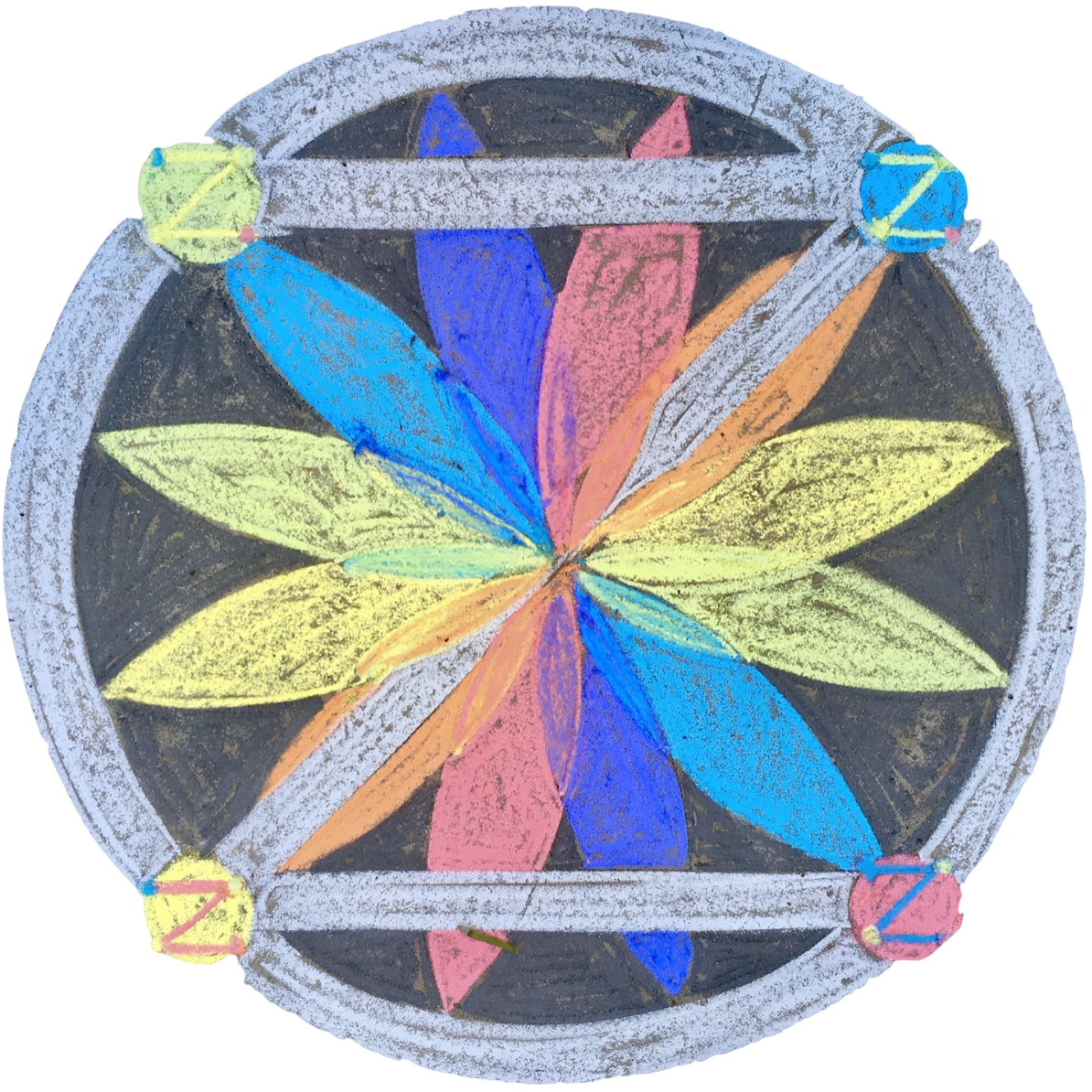Yearning by Doing
Democracy On The Streets (DOTS) did not spring, fully formed, into being.
There was a moment of epiphany, and since then it’s been a whole lot of learning by doing.
The concept continues to evolve and resolve itself.
Some of the most useful insights occur on the commons, particularly while ‘slow chalking’.
Take this morning, for example.
I’m out at dawn, down by the river.
It is a popular recreation spot, favoured by joggers, cyclists, dog walkers, families and the rest.
It’s ideal for me because it is home turf. I know the terrain and feel pretty secure.
It’s a place I feel I can work the DOTS ‘Goldilocks Zone’. The zone where what you are doing is provocative, and disruptive of norms, but not outright offensive. At least not to most.
Community Engagement
The aim is to take the community with you, via an appeal to the imagination.
Prior to DOTS, chalking was most definitely not a thing here. Particularly not on walls. So DOTS is an outlier.
With a movement to promote, I make a point of being conspicuous and approachable. I bid good morning to curious passers by.
A middle-aged man ventures to ask what I am doing.
“I’m trying to catalyse a global, chalk-based wellbeing movement”, I say.
“I see. Good luck!”, he replies.
Permissionlessness
Later, an old bloke is pottering about watering native seedlings he’s planted. I’ve seen him once before, when we exchanged a few words.
This time we’re both less hurried. I ask him if the local council knows about his tree planting.
“Oh yes”, he replies.
I explain that DOTS is all about permissionless chalking. He’s cool with that.
A freewheeling conversation ensues, ranging from the corrosive ‘social consensus’ perpetuated by the Murdoch media, to last season’s brutal bushfires.
Efficacy
After I’ve shared a bit more about DOTS, he asks, “Is there much evidence, internationally, for how effective this sort of thing is, what difference it makes?”
I reply that as far as I know DOTS is a new kind of thing, so I don’t know, and am seeking answers myself.
I suggest that part of what I’m trying to explore is the relationship between graffiti and social change.
I mention David Graeber‘s ‘The Utopia of Rules’, which I read recently and have been thinking about a lot.
In it, Graeber suggests that sudden ruptures to any prevailing order inevitably lead to a florescence on new ideas, which typically recede as ‘order’ reestablishes.
I figure the uptick in graffiti that invariably accompanies social ferment offers evidence of this phenomenon.
The old bloke is on board with this.
After a while we shake hands (!), exchange names, and resume our chosen activities.
Purpose
Later, a walker in a straw hat stops. He asks a bunch of questions.
Eventually, he gets around to the big one. “So, what is DOTS for … exactly?”.
“Yeah, that’s an tricky one”, I acknowledge.
I explain that the ambition is to create a frame for public dialogue broad enough to include all voices, yet still retaining an edge and a coherent critique.
I talk about the contrasting extremes of kids drawing butterflies in driveways and students chalking walls in Hong Kong.
The idea that a chalk dot might become an available symbol of the universal ‘impulse to justice’ and the human desire for a better world.
I proceed to identify a few of the broad concerns which are central to DOTS. In particular, the extreme global inequality that sees 1% of the global population controlling 44% of the ‘wealth’.
At we speak, a former politician happens into view. He lives locally and I see him out walking every so often.
He wore a MAGA hat back in 2016.
This morning he is accompanied by his wife and their immaculately groomed golden retriever.
I call out “good morning”. He responds in kind and keeps walking. I wonder what’s going through his head.
Self Interest
Returning to the guy in the straw hat, I start talking about DOTS central preoccupation with how we choose to understand ‘the self’. I mention the ideas of the ‘social self‘ and an expanded sense of ‘enlightened self-interest’.
To illustrate DOTS ideas about enlightened self-interest I suggest that, if nations like Australia were to generously share their wealth, expertise and technology, then air and water quality worldwide might just improve. And that might just be in our interests, whether for security, travel, or just our sense of overall wellbeing and possibility.
Imagination
Finally, I’m back to Graeber. I suggest that DOTS is fundamentally about asserting the primacy of imagination over violence as a source of legitimate authority.
He seems to like this idea.
Story
As I’m packing up, a woman is checking out all the chalking paraphernalia in the front of my cargo bike.
“Looks like there is a story in all that”, she remarks.
I give her a rundown on DOTS and she is emphatic in her approval.
When I say that the prevailing economic and political philosophy of the past forty years has been based on the assumption that human’s are entirely selfish, and that DOTS questions that premise, she asks, whether I’ve done “any speaking engagements”, which I find funny.
Feeling secure, I share my own flippant suspicion that really DOTS is just an elaborate justification for graffiti.
“But it’s good graffiti”, she says.
“And it’s not really graffiti, anyway”, I suggest, “which is why I chalked ‘Category Error’ nearby.”
It’s a sweet note to conclude on.
I ride home, refreshed and better informed.
It is a fine thing when ‘activism’ can actually recharge, repair and restore.
Join The DOTS.
